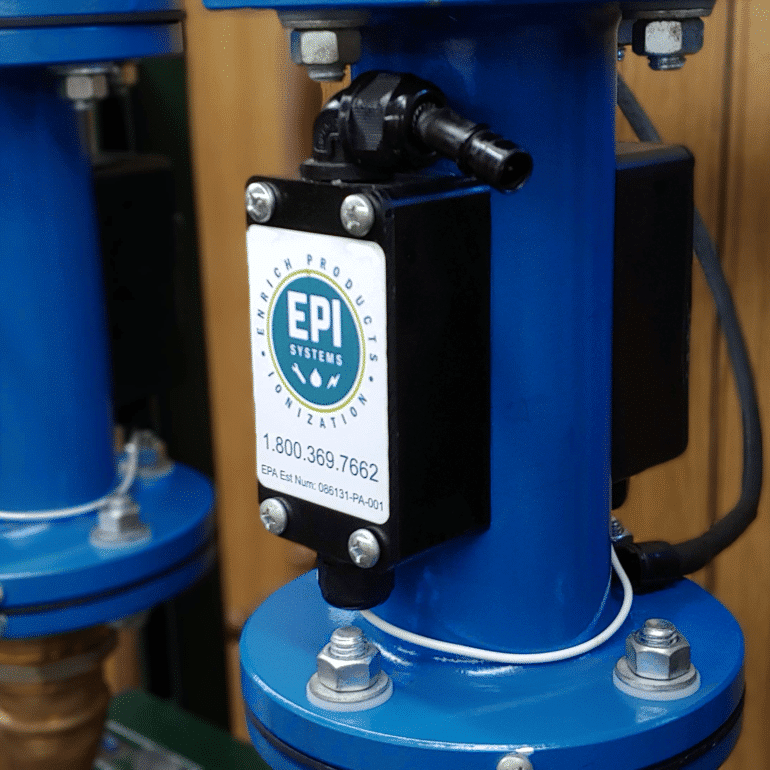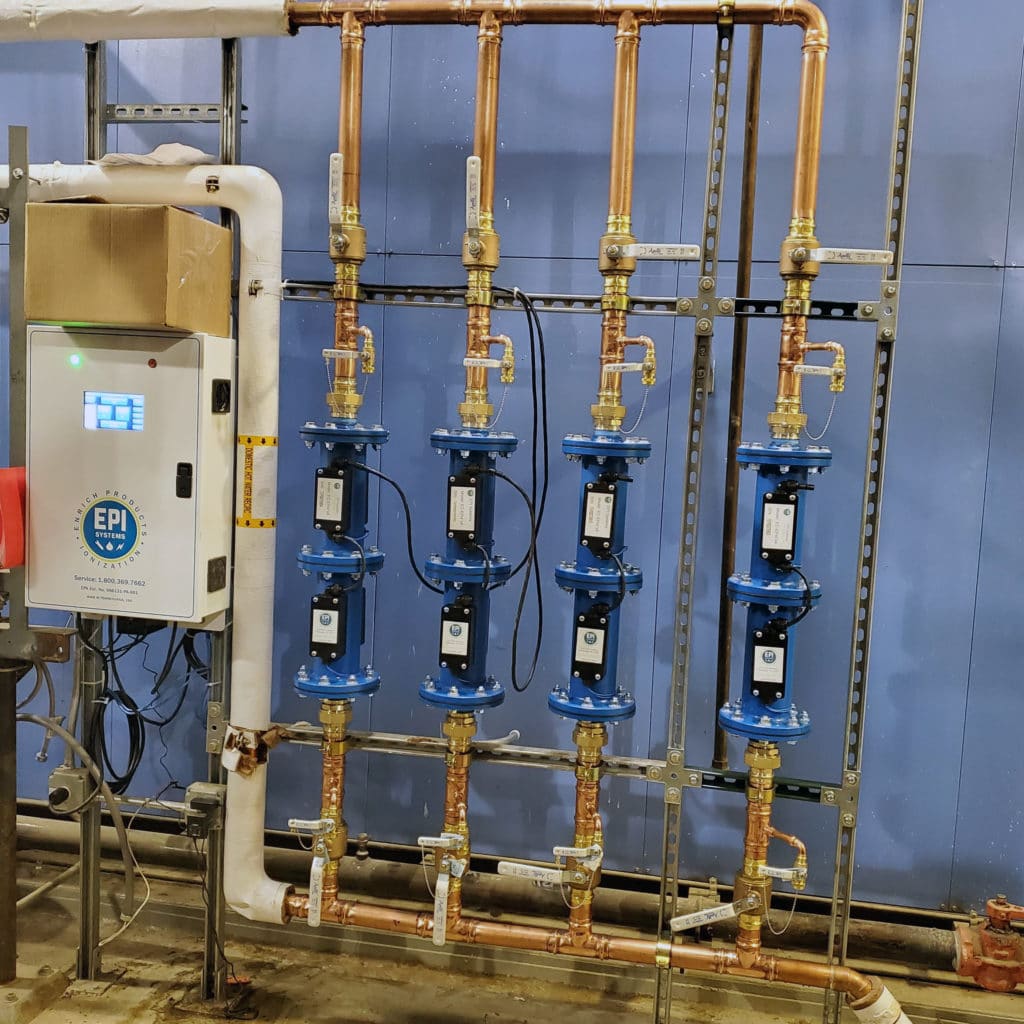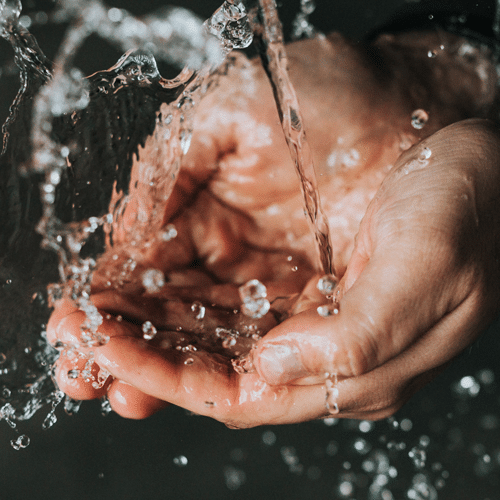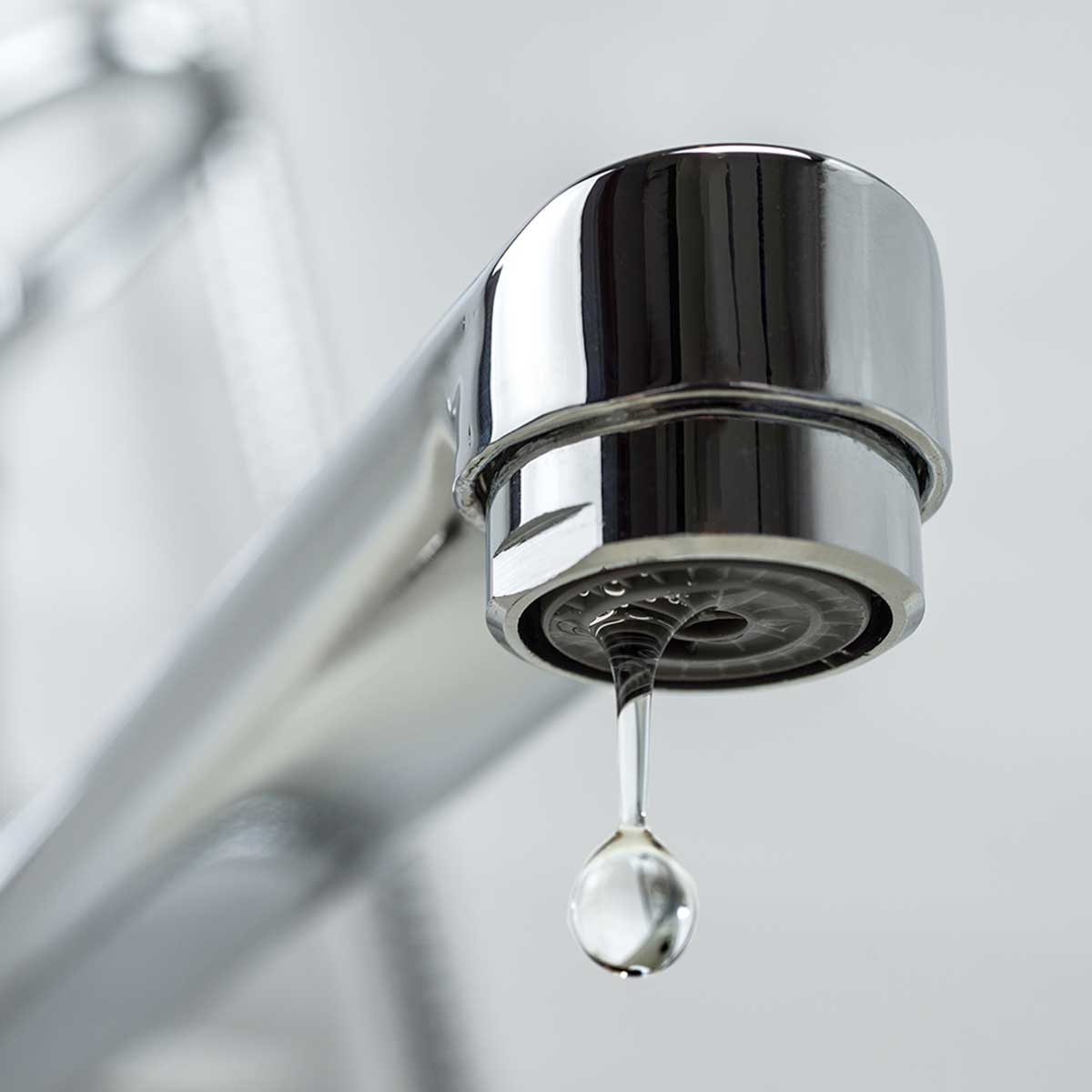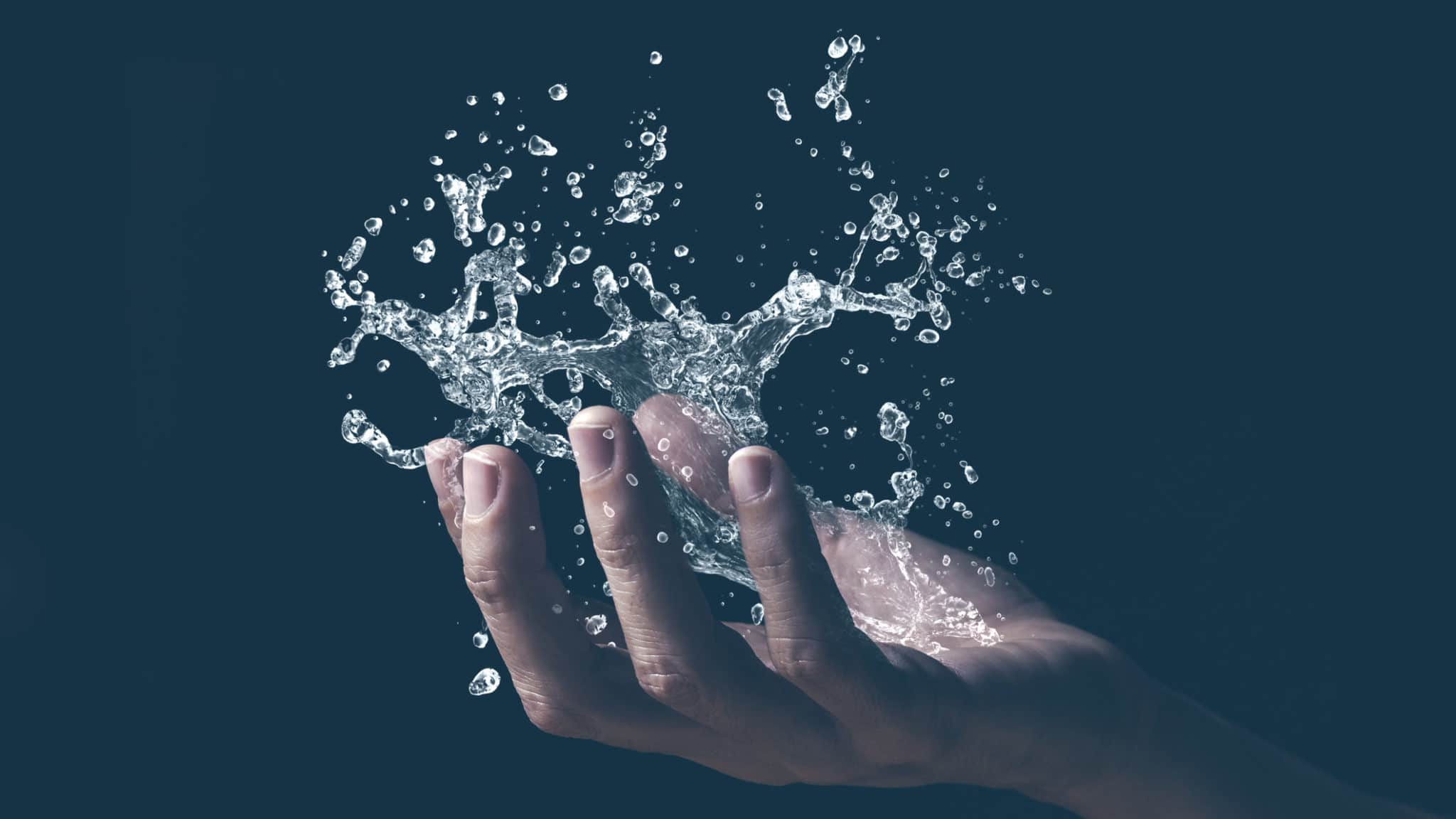
Ancient Romans were known for building complex aqueducts that provided water for their people. With water coming from various water sources, it is vital to maintain water safety.
The Ancient Romans exploited the germicide and preservative properties of silver. In addition to building filtration for water purification using settling basins to remove impurities in the water, Romans would also use silver to extend the freshness of food and drink.
Archaeological research shows that silver has been used to treat water
for over 5,000 years.
By using silver vessels for drinking and dropping silver coins into barrels of water and milk, the Ancient Romans preserved drinks and increased water safety on long journeys.
Silver’s Antiseptic and Antibacterial Properties
Today, we refer to cutlery as “silverware,” which stems from the use of utensils made from actual silver. The use of silver was more than a display of wealth.
You may have heard how ancient cultures believed in silver’s ability to detox poison.
- There are records of people using silverware in the hopes of staving off the disease during the Bubonic Plague in the middle ages.
- In the 1800s, doctors used silver sutures and nitrate topically for burns and infected wounds due to its ability to reduce inflammation.
- During World War I, soldiers carried leaves of silver dressings to treat injuries.
Even though the advent of antibiotics has replaced silver as a more effective treatment, silver nitrate continues to be used today in a more sophisticated manner to help cauterize and heal wounds faster.
In addition to using silver for medical treatments, scientists have also come up with agion silver, a compound primarily made of silver ions, which can be activated by the moisture from a person’s hand to kill bacteria on the touched surface. This makes agion silver the ideal material for door knobs, railing, and other high-touch elements in facilities with a high-risk germ transmission.
From battlefield medical treatments to new materials for door knobs, from eating utensils to water purification, silver has helped to improve people’s lives and health.
Copper-Silver Ionization Takes Disinfecting Water and Water Purification to a New Level
The use of silver to kill bacteria is not new, but we continue to find new ways to maximize its antibacterial powers. As a Legionella control expert In the water treatment field with over 20 years of experience, Enrich Products, Inc. (EPI) is proud of our Copper-SIlver Ionization water treatment system.
Copper-Silver Ionization systems generate a safe amount of copper and silver ions to kill Legionella bacteria in potable water and maintain safe water for all purposes.
Check out our website to learn more about how Copper-Silver Ionization controls Legionella or how our EPI systems are simpler, safer, and more effective than others.
Contact our experts to discuss your water treatment needs and get a free site assessment.

